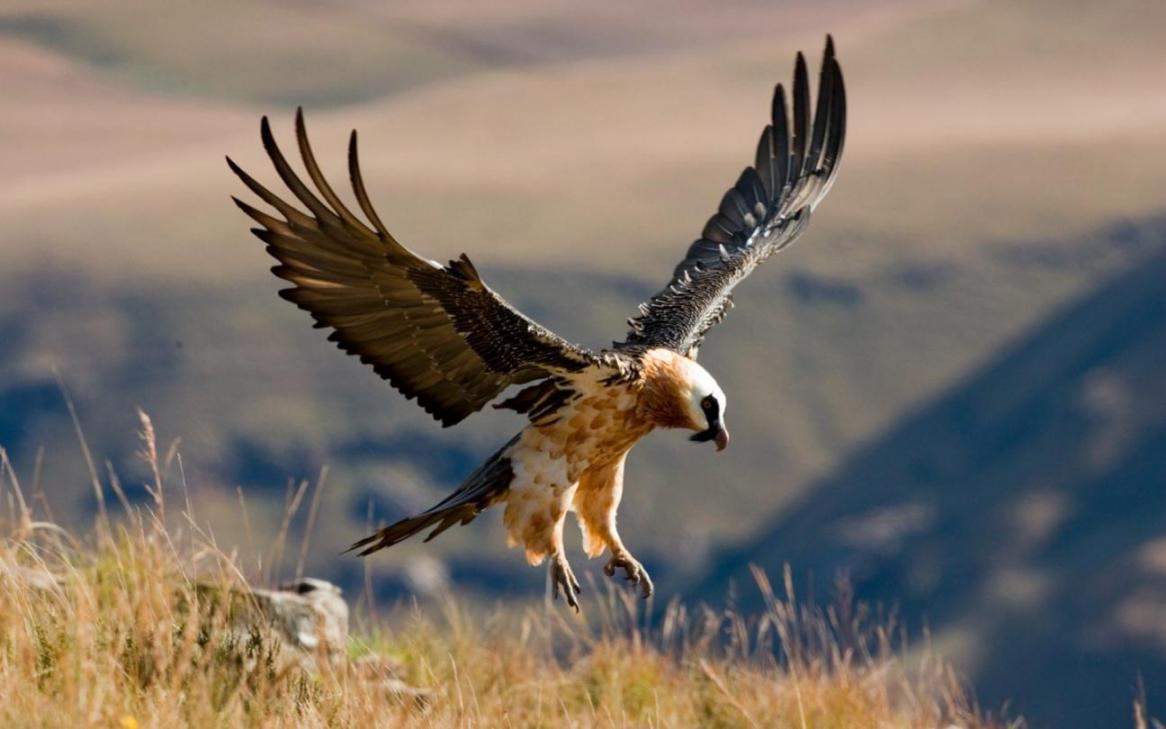Several years ago, Homaye Sa’adat Rock, or the Rock of Sovereignty was discovered by a desert enthusiast and specialist in Semnan. Wandering the deserts of the province, in Sorkhe County, Enayatollah Ranjbar, who was also the former head of Semnan Desert Research Center, may not have had the faintest idea about what he was going to come across: a rock that was shaped like a gigantic vulture, naturally caused by erosion of the elements.
He called it Homa after the legendary bird of Iranian mythology, a name which it is referred to, ever since.
Homa features in the Persian culture, both present and past. It is a prominent figure in Persian mythology, implying bliss and fortune.
The bird used as the emblem of Iran Air, the national airline, is Homa, to bless the country’s aviation industry as well as the passengers! Incidentally, the Persian language acronym for Iran’s national carrier also reads as ‘HOMA’.
Homa is also featured in the remains of the Achamenid Dynasty (550-330 BC) in Persepolis, Fars province, showing the long history of the legend.
Beliefs
It is found in the Persian mythology and Sufi fables, as well as some foreign literature.
It is said that the bird never lands, living its entire life restlessly flying high above the ground. It is even portrayed without feet in some legends.
In some variations, Homa is said to be phoenix-like, consuming itself in fire every few hundred years, only to rise anew from the ashes. The creature is often referred to as the bird of paradise.
Homa is considered to be a compassionate bird. It is named as the bird of fortune since its shadow or touch is said to be auspicious. Should Homa ever cast a shadow or land on a person’s head or shoulder; it is believed that the majestic bird is bestowing or prophesying kingship. Accordingly, feathers decorating the turbans of kings were said to be from Homa’s plumage.
In Sufi tradition, catching the Homa was beyond even the wildest imagination, but to catch a glimpse of it or its shadow, was sure to make anyone happy for the rest of his/her life. It is also believed that the Homa could not be caught alive, and if a person was to kill a Homa, they would die within forty days.
Literary Concept
The creature is a common motif in Persian, and Ottoman Turkish poetry traditions.
Homa is the most referred to among all legendary birds in Diwan poetry of Turkish literature. It is also used as a symbol of unreachable heights in Turkish folk literature. It is mentioned in the Diwan of Yunus Emre as well.
Herman Melville briefly alludes to the bird in Moby-Dick. At the beginning of the chapter entitled “The Tail,” the narrator speaks of “the bird that never alights.”
It was also referred to in the movie “days of being wild” by Wong Kar Wei and play “Orpheus Descending” by Tennessee Williams.
Is It Real?
Homa is the bearded vulture (Gypaetus barbatus), also known as the lammergeyer, which is a bird of prey. It can be found in mountainous regions from Europe through much of Asia and Africa. In Iran, this majestic bird can easily be found in north of Semnan City.


